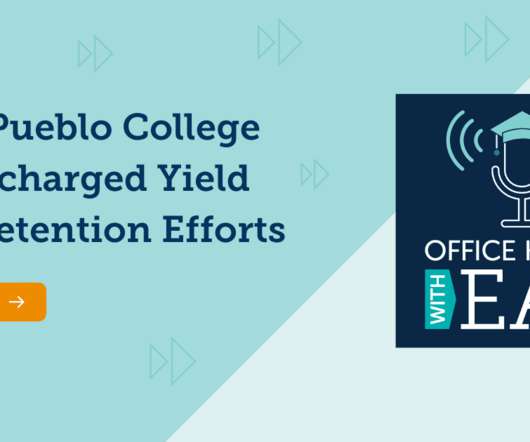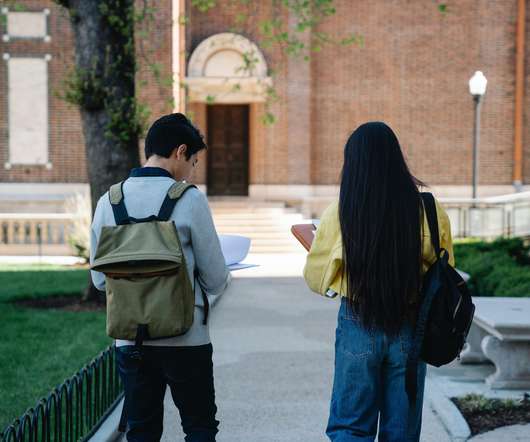How Pueblo College Supercharged Yield and Retention Efforts
EAB
NOVEMBER 1, 2022
EAB’s Tara Zirkel is joined by Pueblo Community College VP of Student Success, Dr. Heather Speed, to examine changes Pueblo made to boost enrollment heading into the fall semester. Our special guest today is Heather Speed, vice president for Student Success at Pueblo Community College. Transcript.













Let's personalize your content